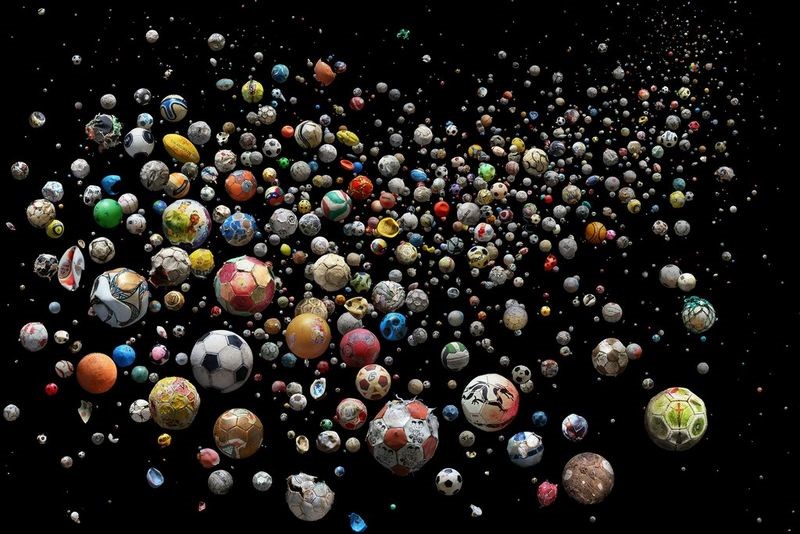Anthropocene ~ Artist Study ~ Liu Bolin
Liu Bolin is a Chinese photographer and performance artist known for using chameleon style methods to immerse himself in the environment. The meaning behind Liu Bolin’s photography is that he blends in with the environment and this links to the way that the Chinese society is ruled as the people don’t have a voice and just blend in and don’t stand out.
What inspired Liu Bolin Photography?
Liu Bolin ~ At the end of 2005, I was living in Beijing and working as an artists assistant. Beijing’s art world at this time was thriving. All 140 artists in Suo Jia Cun were exclusively making art, and this is what I knew I wanted to do.
Image Analysis

The colour that is painted on Liu makes him very camouflaged with the rest of the image so he blends in with his surroundings. The texture in this image is very rough and uneven which suggests that he wants to fit in. The meaning behind his photos is that he is stuck in a controlling society and that in his country the people don’t have a voice and don’t have access to speak what’s on their mind. Liu Bolin says in a Ted Talk that he is sometimes called “the invisible man” because the Chinese government treats the population as a whole rather than giving people their individual voice. The invisible man also suggests that he is seen as just someone in the background and he doesn’t stand out just like nobody else stands out in the population. The surroundings of the photo add no value to him as a person as the image is in a public place that has no meaning which again has connotations that the people in China are treated like they are worthless and have no meaning or value.
Mandy Barker ~ Biography
Mandy Barker is an international award winning photographer who is British. She is mostly known for her work with marine plastics from the ocean, and has worked alongside scientists to try and bring awareness to the amount of plastic that is being used.
What inspired Mandy Barkers Photography?
The ever growing problem of plastic on the UK coastline and just how much of an issue its causing for the environment. She was inspired to use the plastic from the oceans in her photography to create a montage of images from the plastic that she collected.
How does Mandy Barkers photography relate to the theme of Anthropocene?
Mandy Barkers photography relates to the theme of Anthropocene as she collects washed up bits of plastic from the oceans and creates something spectacular and beautiful out of something that is very negative and is ruining our planet. With these amazing montages that she makes she makes awareness of the plastic pollution problem. Mandy Barkers photography consists of using plastic objects from the beach and arranging them on a black background or a piece of black fabric and then she uses those edits to build up the objects into a montage and adds more colourful images that she has photographed of a particular object to make the montage more interesting and appealing to the eye. This relates to the theme of Anthropocene because it shows that when more of the edits that she photographed are added to the montage the more plastic objects and rubbish from the oceans is in her photography which is trying to show just how much plastic is in our oceans.
Mandy Barker Image Analysis

The texture of this image is very rusty and bumpy that shows the wearing of the plastic objects. This also suggests that plastic takes years and years to break down and decompose. The meaning of this photo is to show how much plastic there is in our oceans and also to show that something that is so ugly and disgusting can be turned into something so beautiful and eye catching. The colour in this photo makes the image a lot more appealing to look at and directs your eye to more of the phot as the colour is drawing your eye in. The idea of this photo is to also try and use up some of the plastic that’s in the ocean and to show the sheer amount that is in our oceans. The size of the objects in this image makes the photo seem like its deep in the ocean and that there are thousands of plastic objects in the sea and on the shore. By changing the size and the opacity of the objects it makes it look a lot more crowded and full and shows that the ocean is heavily populated with plastic.
